
ふきのとうは、春をつげる植物です。
ふきは、日本の野山で広く生えているキク科の多年草です。
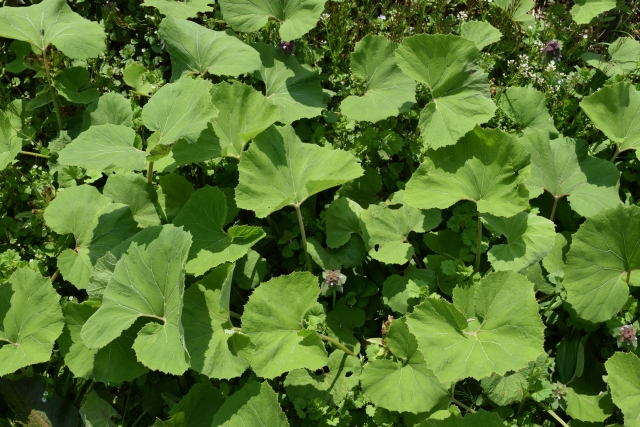
草花には、一年草と多年草があります。
一年草は、種などから芽を出し、成長して花が咲き、種ができると、枯れてしまいます。
多年草とは、季節が変わっても枯れることなく、毎年花を咲かせる植物のことです。花を咲かせたり実をつけたりする季節は種類によって異なりますが、毎年花や実をつけます。
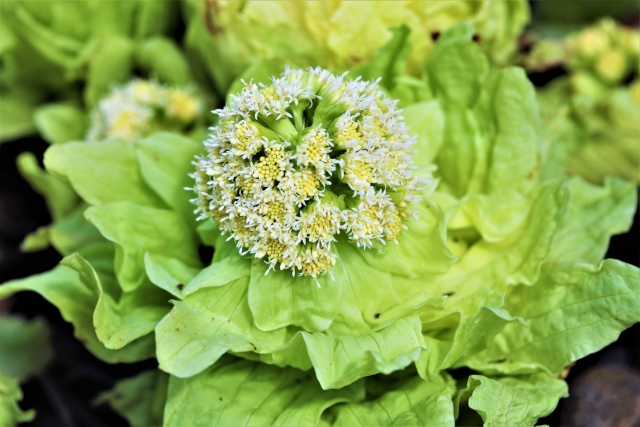
ふきは、葉の茎の部分を食べることもできますし、花が咲く前のつぼみの部分を食べることもできます。
ふきのとうは、ふきの花が咲く前のつぼみのことをいいます。ふきのとうは、春が来たことを教えてくれます。冬の間は、じっとしていて、あたたかい春が来ると、「春がきたよ」と顔を出します。
ふきのとうは、生えている場所によっても違いますが、3月ごろが、食べごろです。
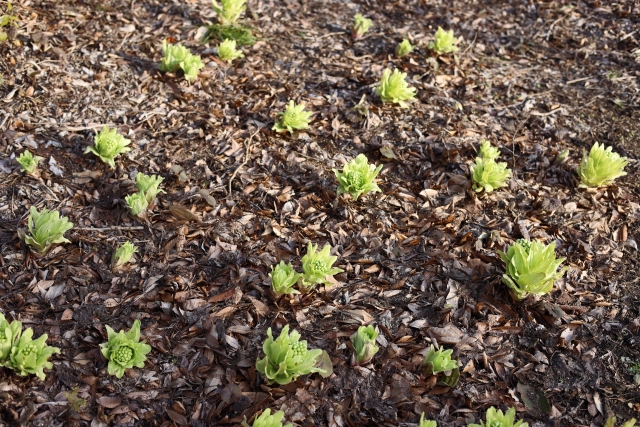
ふきのとうは、少し苦味があるけれども、ビタミンやミネラルがたくさん含まれていて、とても栄養があります。
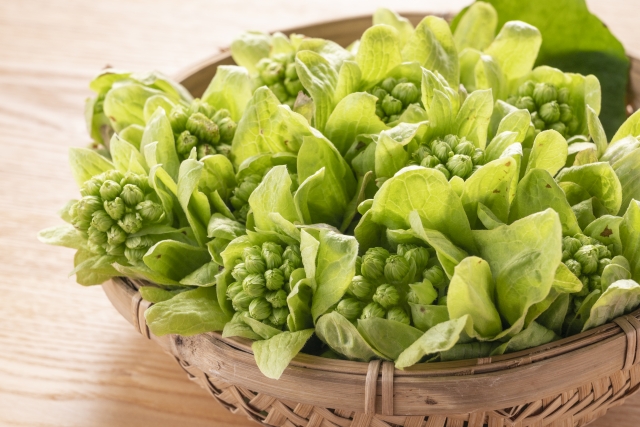
ふきのとうは、てんぷらにして食べることがあります。
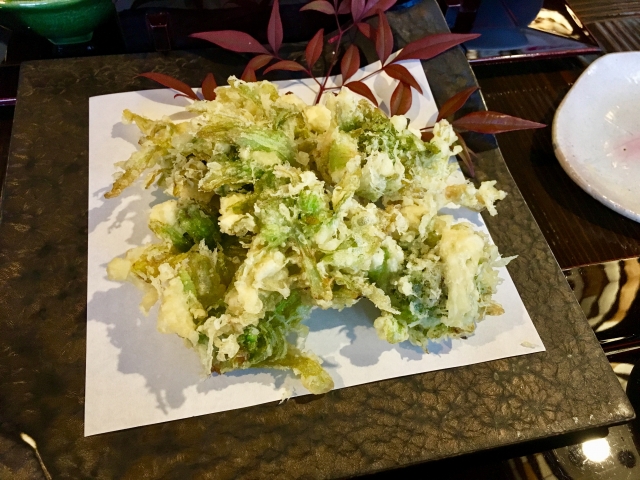
熱湯でゆでると、灰汁がとれて、苦味が少なくなります。煮物や和え物、味噌汁などして食べることもあります。
ふきは、葉の茎の部分を食べることがあります。
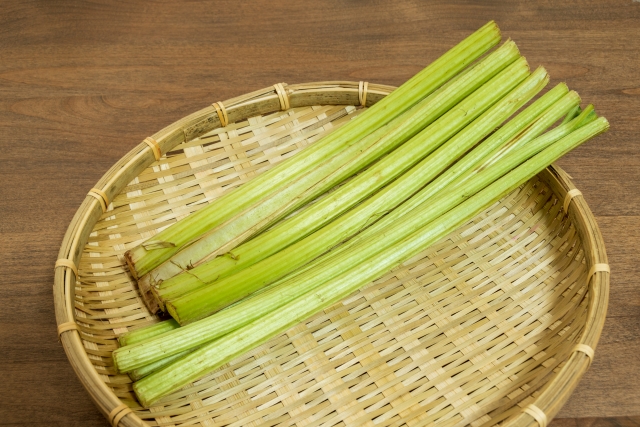
スーパーマーケットなどでよくみかけるふきは、ハウスで育てたものが多く、10月から翌年の5月頃まで売っています。
⭐️ ⭐️
春の草花はほかにもあります。
菜の花にすすむ(このブログにあるページ)
よもぎ Mugwortにすすむ(このブログにあるページ)
チューリップ Tulipsにすすむ(このブログにあるページ)
Japanese butterbur buds
Japanese butterbur is a perennial herb of the Asteraceae family that grows widely in the wilds of Japan.
There are two types of grasses: perennials and annuals.
Annuals sprout from seeds, grow, bloom, and die after the seeds have formed.
Perennials are plants that flower every year without withering as the seasons change. The season of flowering and fruiting varies from species to species, but they flower and fruit every year.
The leaf stalks of butterbur can be eaten, as well as the buds before the flowers bloom.
Butterbur bud tell us that spring has come. During the winter, it stays still, and when warm spring comes, it emerges to tell us that spring has arrived. The best time to eat butterbur buds is around March, depending on where they grow.
Although it has a slightly bitter taste, it contains a lot of vitamins and minerals and is very nutritious.
Butterbur buds are sometimes eaten as tempura.
Boiling in boiling water removes the lye and reduces the bitterness. It may also be eaten cooked in simmered or dressed dishes, miso soup, etc.
Japanese butterbur is sometimes eaten with its leaf stalks.
Most of the butterbur stalks often seen in supermarkets is grown in greenhouses and sold from October to May of the following year.
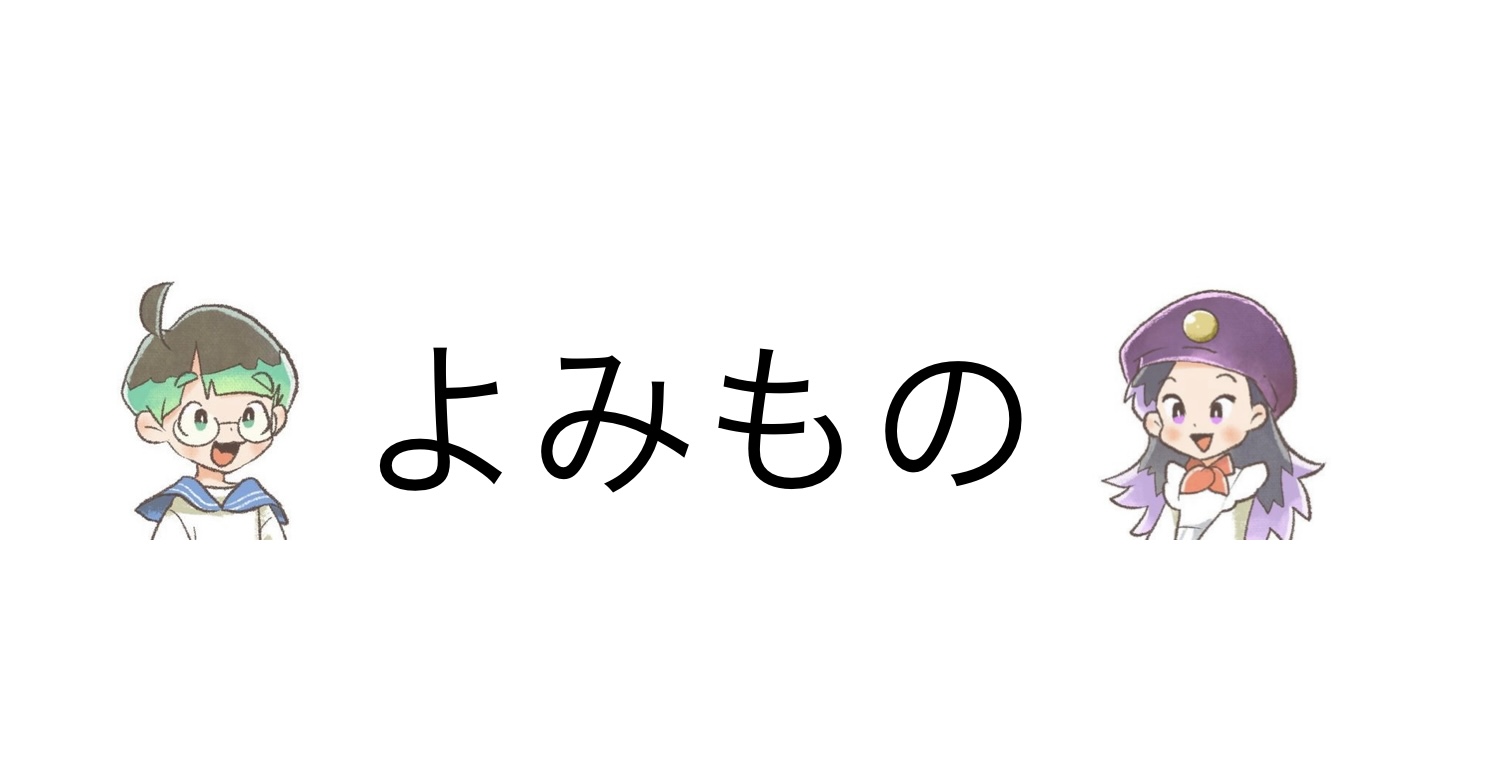
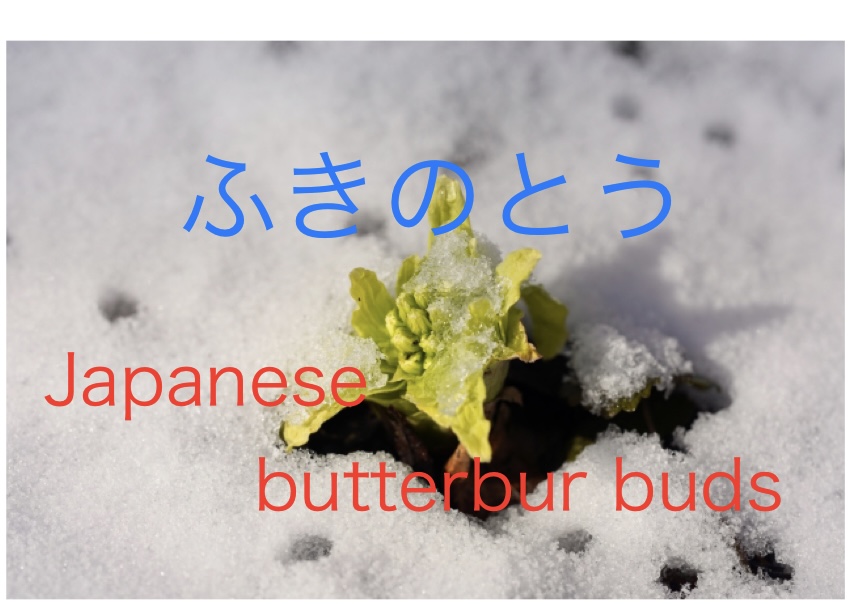


コメント